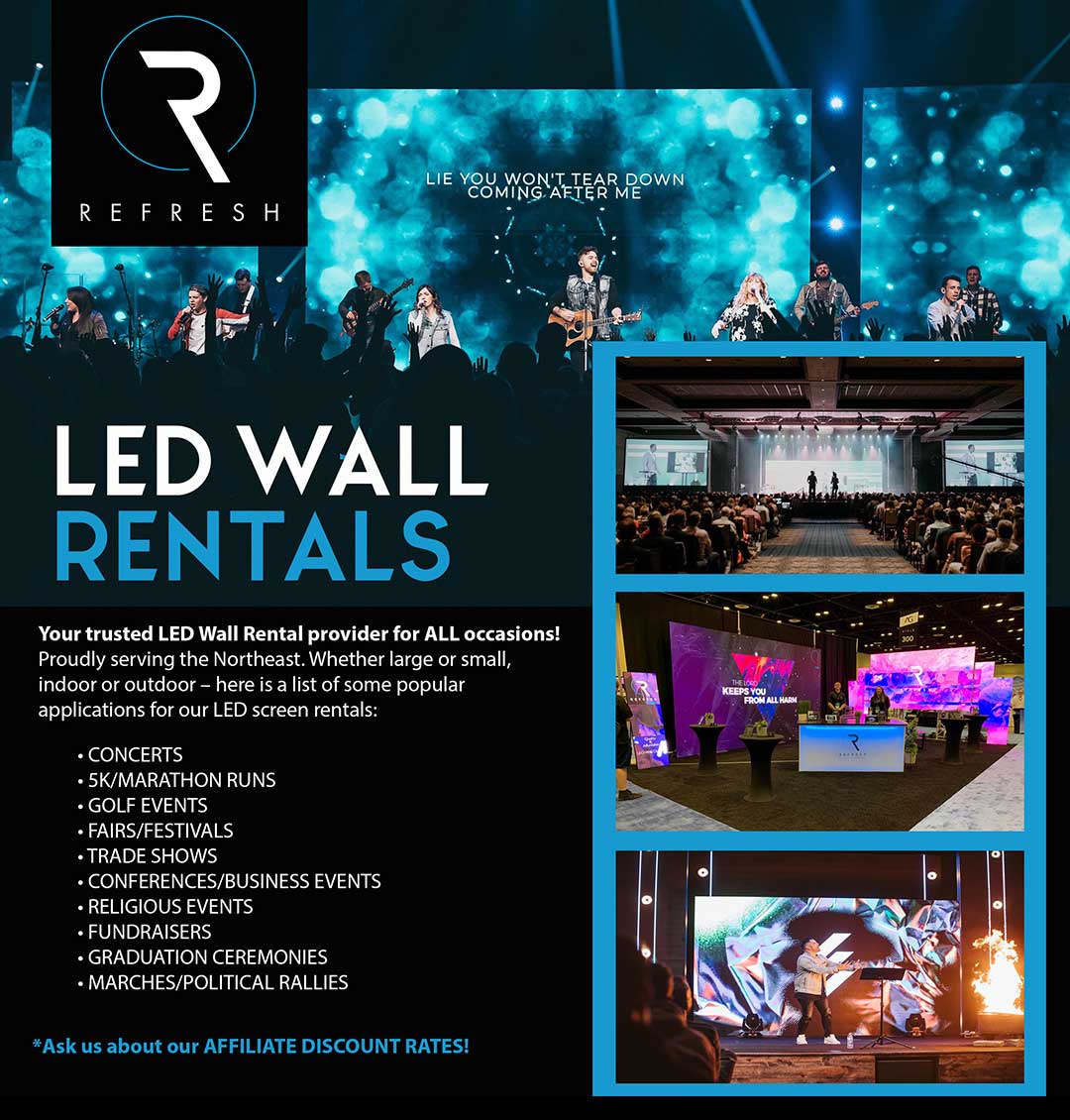Maximizing Visual Effect Through Strategic Content Timing in LED Wall Performance
Wiki Article
Enhancing aesthetic impact throughout LED wall performances requires careful planning plus strategic visual timing. Light-emitting diode walls represent powerful tools in graphic storytelling, frequently utilized in concerts, events, and displays. The efficacy of these screens depends not only on the quality of the visuals but additionally upon the manner plus timing they are shown. By comprehending the viewers' focus duration plus the flow of the occasion, organizers can craft a more captivating experience that enthralls spectators and enhances the total performance.
One key aspect of tactical content timing is timing. It is essential to synchronize the images to the beat and tempo of the show. For instance, in the course of a music show, images should enhance the rhythm and mood of the music. This synchronization aids to forge a cohesive encounter that pulls the viewers in. Additionally, it is important to consider the duration of each visual segment. Short, impactful segments can maintain audience interest, while longer visuals may be suitable for moments of contemplation or sentimental bonding. By altering the duration and intensity of the visuals, organizers can keep the audience engaged throughout the performance.

Another important factor is the material itself. The visuals shown on the light-emitting diode wall should be relevant to the theme of the show. This pertinence helps to strengthen the message being communicated plus renders the encounter more memorable for the audience. For example, if the performance is about ecological consciousness, using images that illustrate the environment and wildlife can amplify the narrative. Furthermore, adding lively features, such as motion graphics or engaging visuals, can add thrill and maintain the viewers' focus. The appropriate content, shown at the appropriate time, can significantly elevate the effect of the show.
Viewer involvement is also a key factor in visual scheduling. Understanding the characteristics and preferences of the viewers can inform the choice of visuals. For example, a younger crowd may respond better to bright hues and fast-paced animations, while an older crowd might value more subtle and refined images. By customizing the content to the viewers' preferences, organizers can craft a more personalized experience that resonates with viewers. Additionally, incorporating audience involvement, such as live polls or social engagements, can further improve engagement and make the show more engaging.
Finally, assessing the effectiveness of the visual scheduling is essential for future shows. Collecting feedback from the audience can provide insightful insights into what was effective well and what could be enhanced. This information can assist event planners refine their approaches and take knowledgeable decisions for upcoming performances. By continuously evaluating and adapting the led wall content management for workshops content timing approach, event planners can maximize the visual effect of light-emitting diode screen shows and create memorable experiences for their audiences.